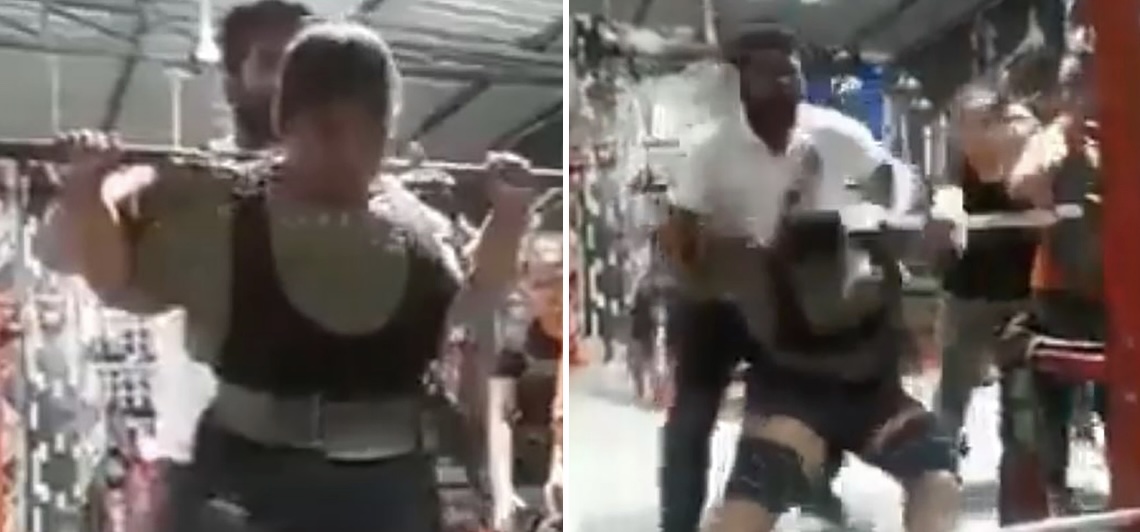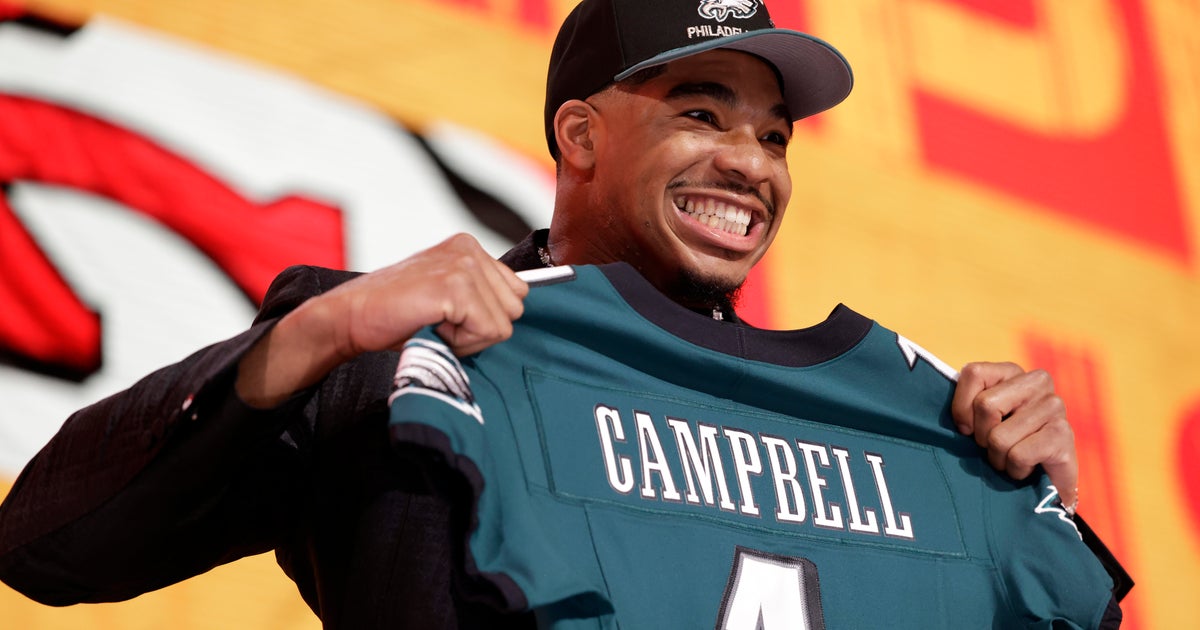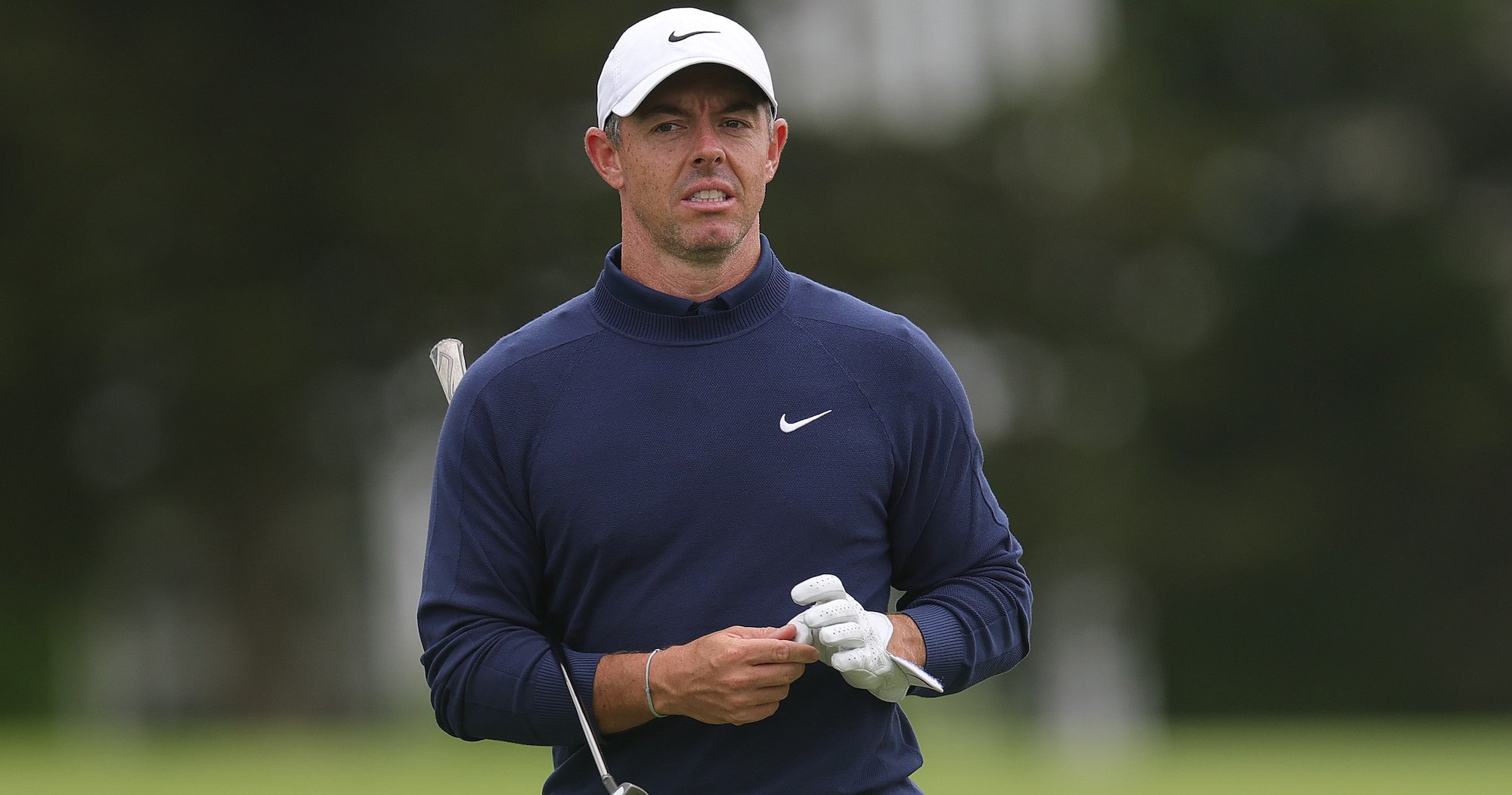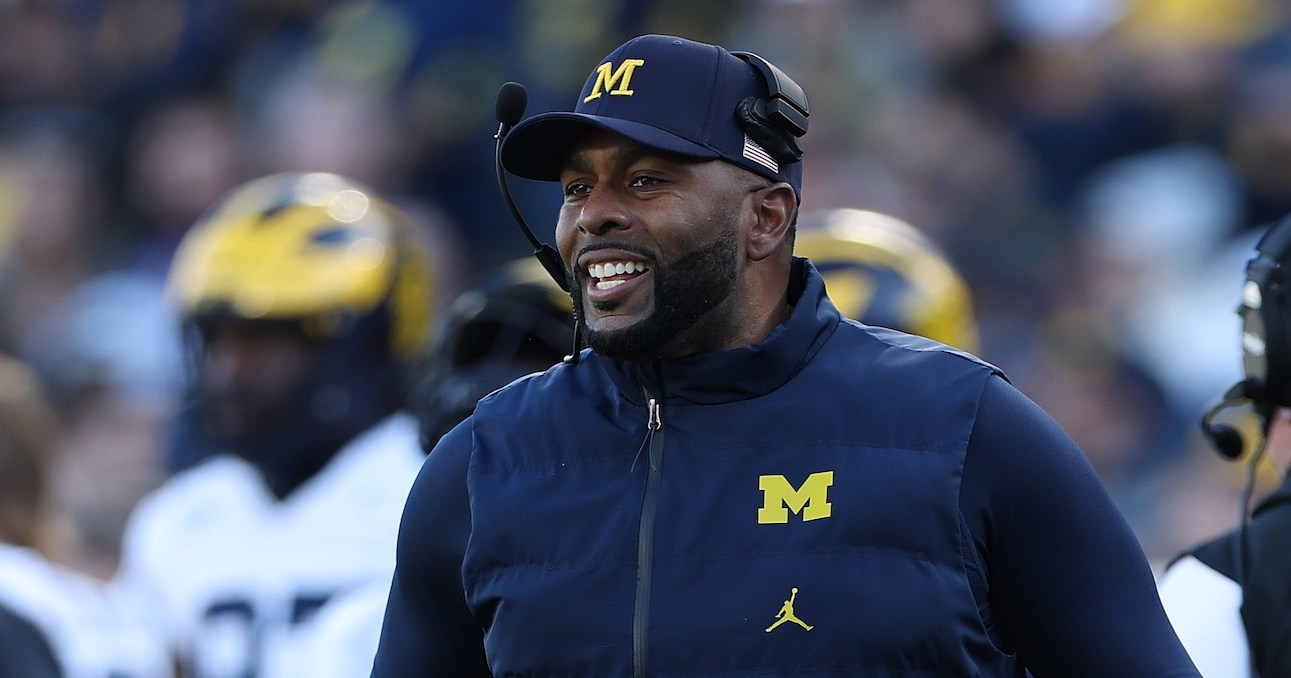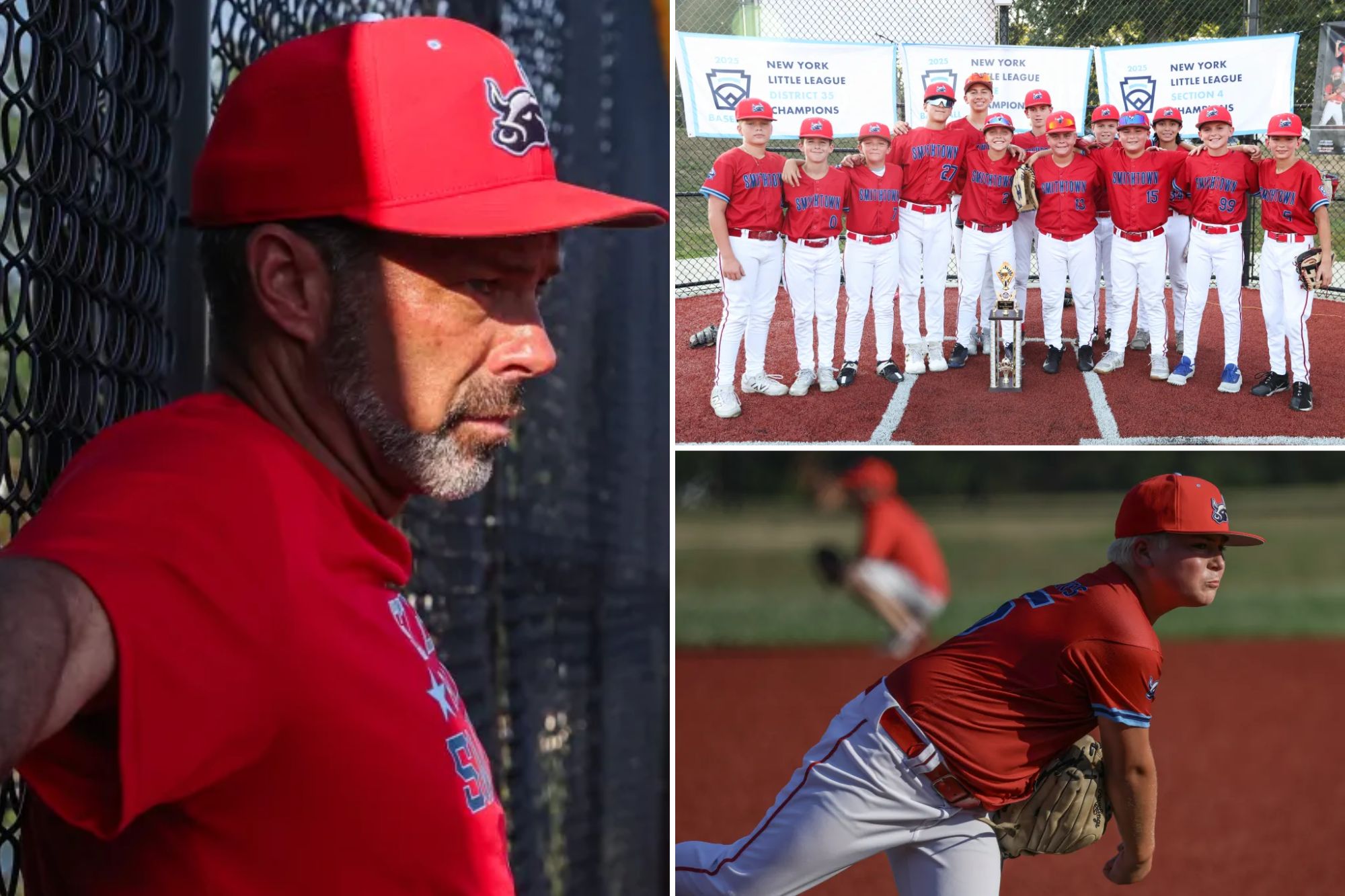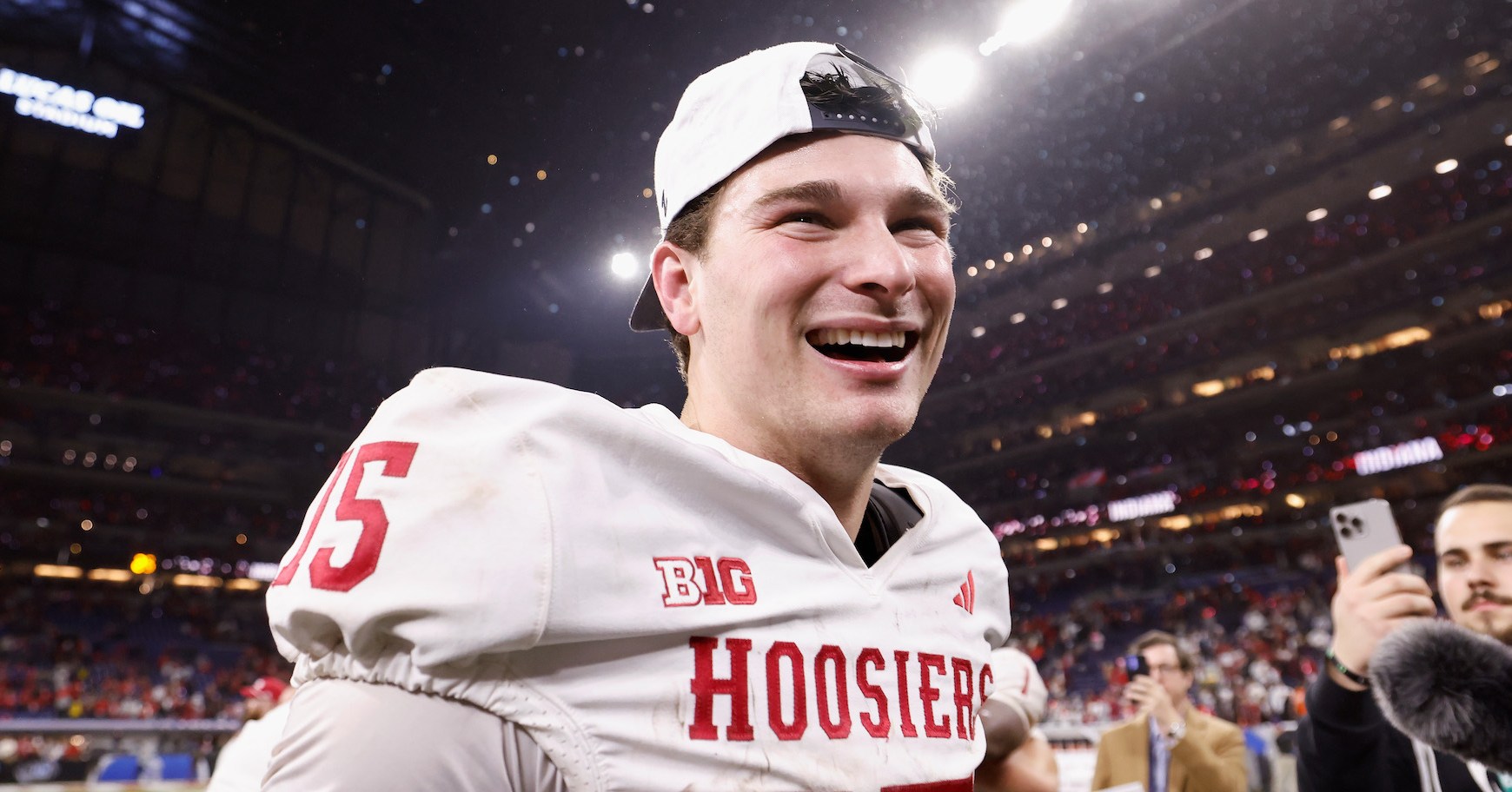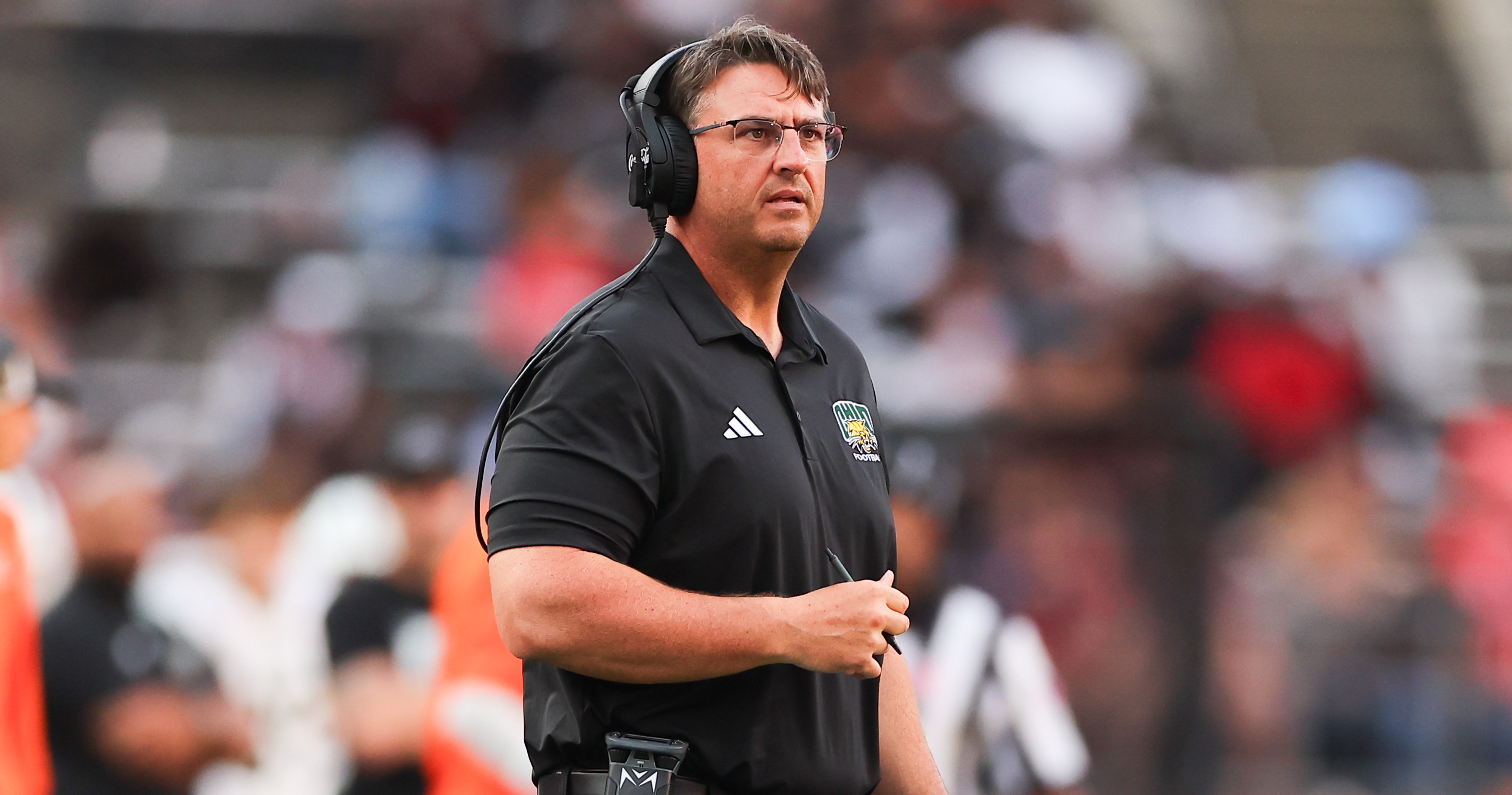The U.S. Open is set to unfold at Oakmont Country Club next week, with practice rounds kicking off on Monday. The event relies heavily on the dedication of thousands of volunteers, a tradition that has become integral to its success.
Renowned as one of golf's most prestigious venues, Oakmont Country Club is steeped in history. "We've always said about Oakmont, that great courses produce great champions," remarked volunteer Tom Simmermon, highlighting the club's legacy.
As the world's top golfers prepare to tackle the notorious "Church Pews" bunker and challenging rough, approximately 4,200 volunteers will be on hand, with an additional 2,400 ready to assist if needed. "That's the kind of support we've gotten from western Pennsylvania," Simmermon noted.
These volunteers will manage various roles, including hospitality, crowd control, merchandise sales, scorekeeping, and fan services. Some have become as familiar as the iconic clock by the first tee. Jonathan Spatz, who has volunteered at five Opens at Oakmont, shared his experiences: "I've seen a lot of things. I've had some interesting times."
Simmermon's journey began as a fan in 1973 before he transitioned to volunteering in 1983. "This is my fifth U.S. Open," he stated proudly. Spatz serves as a walking scorer for the players, having adapted from traditional pencil and paper to modern technology that updates scores directly to broadcasts.
"If I do it right, yeah. If I make a mess, they give you a call on the phone and say, 'I think you got that wrong,'" Spatz laughed, reflecting on the pressures of his role.
Among his notable experiences, Spatz recounted scoring for Tiger Woods during the 2007 U.S. Open, proudly displaying a golf ball from that event. Simmermon will co-chair the club members' service committee, ensuring members are informed throughout the tournament.
One of Simmermon's most cherished memories dates back to 1994 when he served as a marshal during Arnold Palmer's final hole at his last U.S. Open. "The fans surrounding that green gave him an ovation that I know touched him deeply and was very moving for anyone that was there," he recalled.
Both Simmermon and Spatz have witnessed significant changes in golf over the decades. "You could grab a seat on the ground next to the 18th green and watch the leaders come up. There were that few people coming," Simmermon reminisced about the 1973 championship.
Today, grandstands accommodate thousands of spectators. Yet, one constant remains: the hope for an exciting championship. "I'm just hoping it's a good, close competition and the crowd loves it. That's what I would like to see. I think it will be good," Spatz concluded with optimism.




